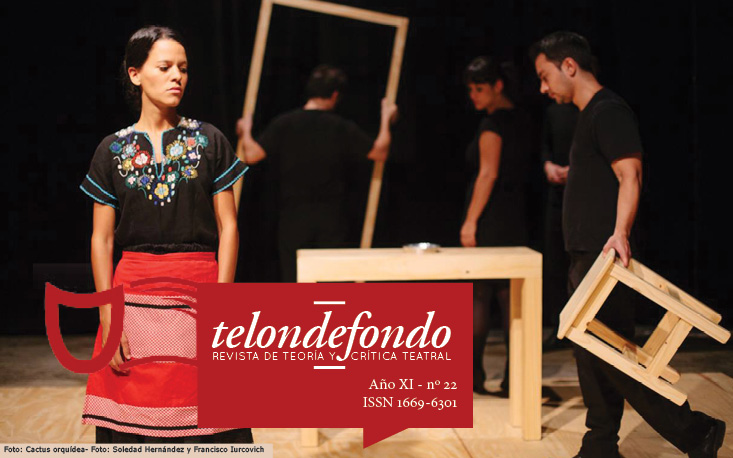Lecturas escénicas del erotismo en <i>El perro del hortelano/i> de Lope de Vega. Los montajes de Magüi Mira (2002) y Eduardo Vasco (2011)
Resumen
La tensión sexual presente en el texto de El perro del hortelano de Lope de Vega, entre la condesa de Belflor y su secretario ha tenido diferentes plasmaciones escénicas a lo largo de la historia de su representación e, inclusive, una paradigmática traslación cinematográfica en la célebre película de Pilar Miró (1996). En el siglo XXI, dos de los mejores montajes de este clásico rivalizan en su interpretación del erotismo subyacente en el texto. Por un lado, la veterana actriz y directora Magüi Mira, con la productora privada Pentación, apuesta por desatar a Lope y a sus personajes en una hilarante vorágine de locura pasional. Por otro lado, Eduardo Vasco, como despedida de su cargo de director de la Compañía Nacional de Teatro Clásico, escoge el título de Lope y lo recrea en una atmósfera de erotismo contenido y esteticista. El presente artículo pretende enfrentar estas dos lecturas de la obra lopesca para observar los diferentes matices eróticos que se desprenden del original del Fénix y posibilitan puestas en escena tan divergentes como válidas.Descargas
Los autores/as que publiquen en esta revista aceptan las siguientes condiciones:
-
Los autores/as conservan los derechos de autor y ceden a la revista el derecho de la primera publicación, con el trabajo registrado con Licencia Creative Commons Atribución-NoComercial-CompartirIgual 4.0 Internacional, que permite a terceros utilizar lo publicado siempre que mencionen la autoría del trabajo y a la primera publicación en esta revista.
-
Los autores/as pueden realizar otros acuerdos contractuales independientes y adicionales para la distribución no exclusiva de la versión del artículo publicado en esta revista (p. ej., incluirlo en un repositorio institucional o publicarlo en un libro) siempre que indiquen claramente que el trabajo se publicó por primera vez en esta revista.
-
Se permite y recomienda a los autores/as a publicar su trabajo en Internet (por ejemplo en páginas institucionales o personales).











